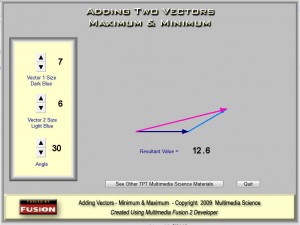[like]
Future City is a competition for 6th thru 8th grade students that requires them to imagine, research, design, and build cities of the future. This STEM oriented program emphasizes citywide sustainability issues. This year’s topic is waste management. Students are judged on a SimCity design, a 1500 word description, a scale model, a project plan, and a presentation. New programs like Future City should prepare students to be educated citizens able to navigate and make decisions in our ever more technical world.
My question was how does this well thought out and impressive program integrate into the school’s science curriculum? Considering the timeline and amount of work involved, it would take an entire course if it was done during class time. And if the kids did the work after school, would they be able to fit it in with their homework and other extra curricular activities. As usual, there are tradeoffs. I think this type of program is worth it. What do you think?




